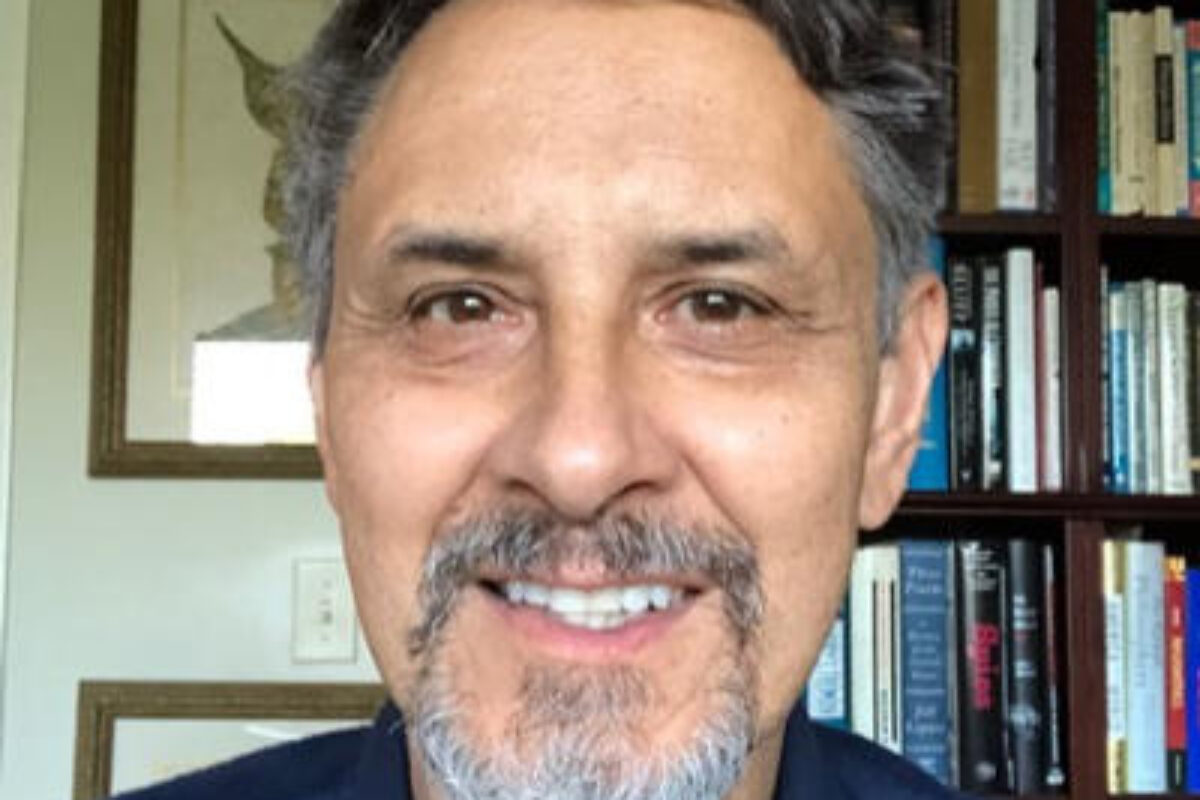Biography
Dr. Kumar has a doctoral degree in Radiology from Sanjay Gandhi Postgraduate Institute of Medical Sciences, UP, India in 2002. He received Postdoctoral training in Neurobiology at the Department of Neurobiology, David Geffen School of Medicine at UCLA, University of California at Los Angeles, Los Angeles, California from December 2002 to June 2006. Dr. Kumar has been an Assistant Researcher from July 2006 to September 14, 2013 the Department of Neurobiology, David Geffen School of Medicine at UCLA, University of California at Los Angeles, Los Angeles, California. Dr. Kumar joined in the Department of Anesthesiology with secondary appointment in the Department of Radiological Sciences, David Geffen School of Medicine at UCLA, University of California at Los Angeles, Los Angeles, California in September 15, 2013. He has expertise in various magnetic resonance imaging (MRI) and spectroscopy procedures. Dr. Kumar’s research is based on the evaluation of the neural tissue integrity, resulting from breathing or cardiovascular effects, in brain areas of patients with obstructive sleep apnea (OSA) and heart failure (HF) using MR procedures. It helps understand the brain processes that affect autonomic, memory and mood regulations in patients with these conditions.Dr. Kumar is funded by National Institutes of Health (NIH) since August 2012. His current NIH R01 studies involve determination of the pathological stage and nature of white matter damage, using diffusion tensor imaging, including fiber tractography, diffusional kurtosis imaging, and magnetization transfer imaging procedures, in recently-diagnosed, treatment naïve OSA subjects, and examination of how damaged brain autonomic regulatory areas (hypothalamus, insula cortex, and cerebellum) respond to an autonomic challenge, using diffusion tensor imaging and functional MRI procedures, and the laterality of functional responses to that challenge in HF subjects. Dr. Kumar has published over 80 peer-reviewed research manuscripts, 5 book chapters, and over 140 abstracts presented in national and international scientific meetings.





